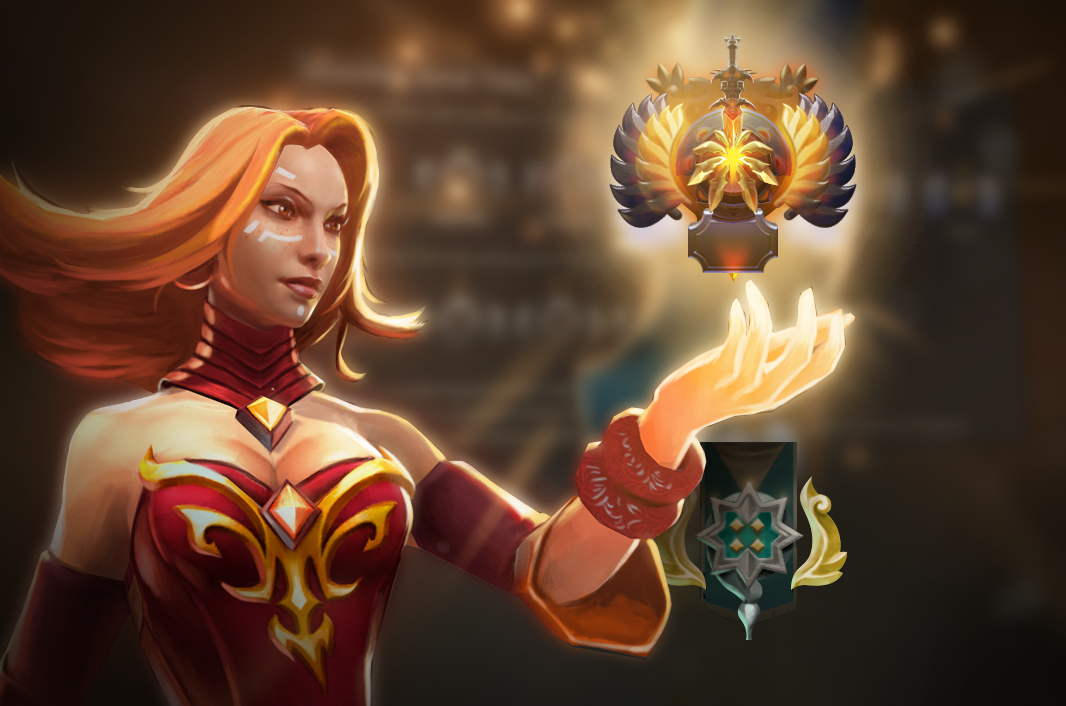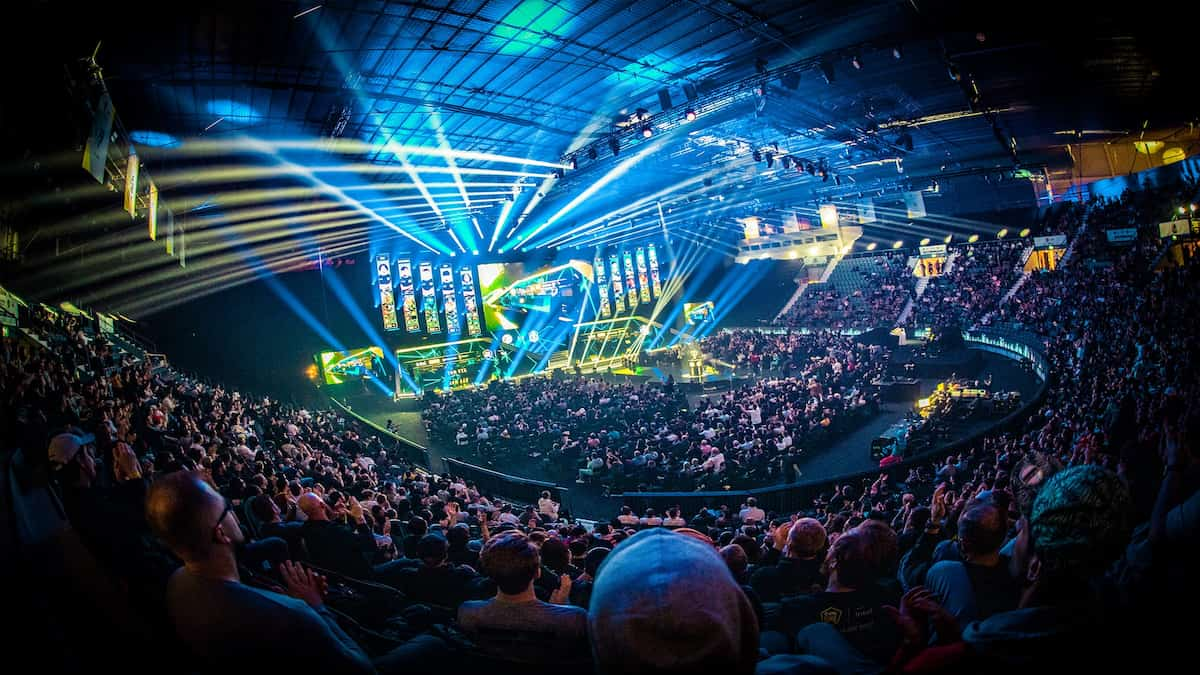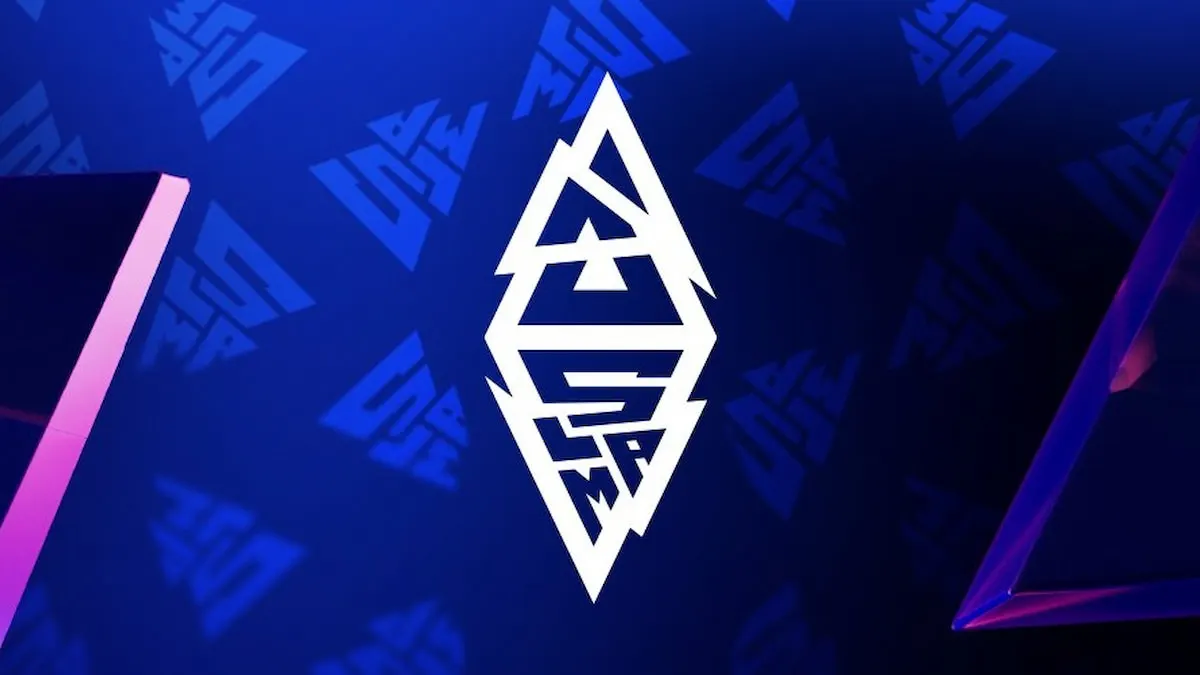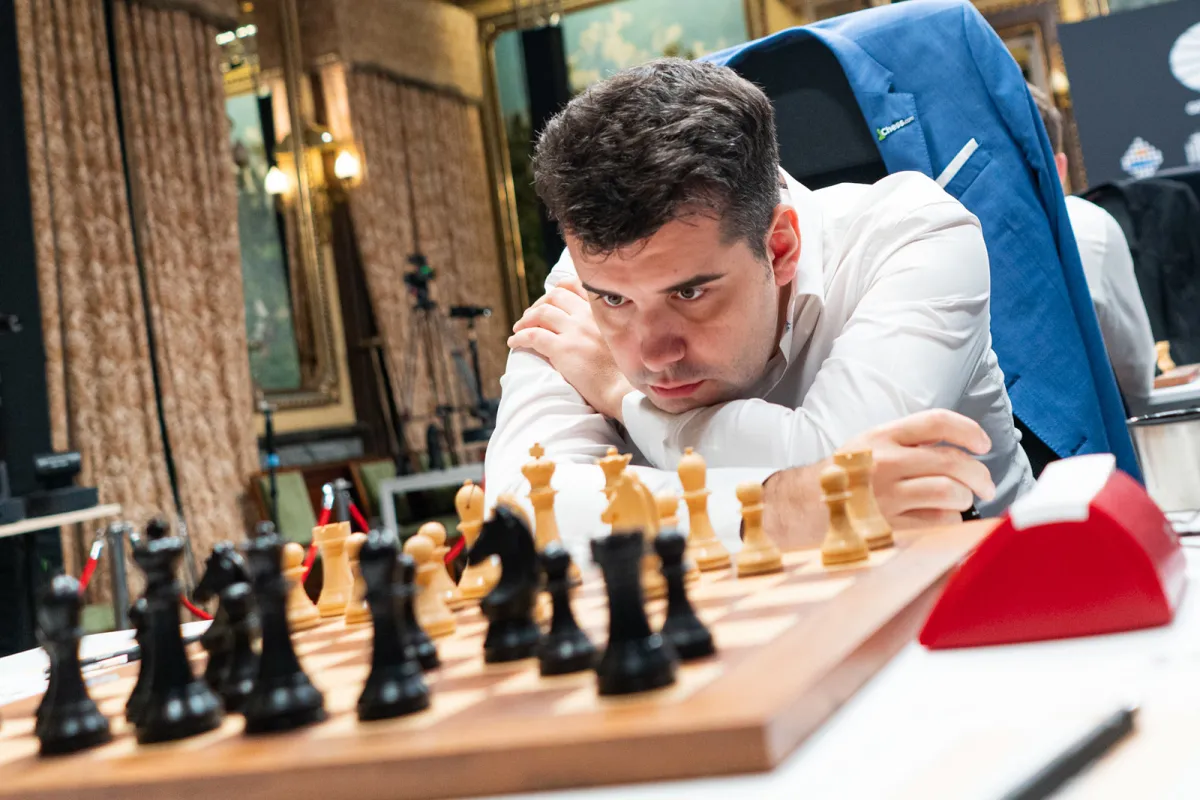This article is brought to you by StatBanana, the best Dota 2 strategy tool.
Valve released yet another matchmaking update for Dota 2 today. The developer is fully committed to improving the matchmaking experience for several players, addressing key issues that arose from the most drastic change since the advent of the game.
Among the issues noted were high MMR party queues, solo and party matchup combinations, a rework of the medal system, and the new addition of a post-match evaluation that informs players of statistics like the average queue time and behavior score.
High MMR party ranks have received some massive changes. Any party with a Divine or Immortal rank will automatically consider every single player to be of that particular rank. The new matchmaking changes have caused pro players and high Immortal-ranked players to party and queue up, allowing for more entertaining games. But that also allowed party boosting and smurfing to become easily abusable.
Parties having a low-ranked smurf account skews the matchfinder and reward system. The smurf account gets to rise the ranks quickly and will also help the relevant Divine or Immortal accounts gain ranks in an easier manner. With the new hard-coded restriction and the max MMR range in a party reduced to 2,000, however, the possibility of smurfing in these scenarios has been eliminated.
Valve’s renewed focus on party matchmaking has maligned players who prefer solo matchmaking. Queue times have risen unreasonably and solo players could easily run into parties of duos and trios, severely impacting their ability to win the game. Valve will now set a hard limit for any solo player to match against a party of two. Five solo players will possibly be put in a match against a party of two and three solo players, for example.
Medals have been reworked yet again, too. The star count for each rank will be reduced from seven to five and medal decay has been introduced. Previously, attaining a medal was permanent for the season. No matter how much MMR you lost, you’ll still retain the highest-recorded badge on your profile.
Valve has acknowledged that since the system always matched by MMR, medals can become misleading. Therefore, players’ medals will only be protected in a one-star range of MMR. Drop below that and the medal will instantly follow. This also has the side effect of making account buying less enticing because the medal rank will no longer be permanent for the season.
To allow for quicker transmission of information and feedback, Valve has implemented a post-game evaluation screen and survey. The post-game evaluation won’t consist of a player’s gameplay statistics, but rather matchmaking stats like average queue times and a summarized behavior category. Post-game stat screens will also be ordered by roles, allowing for an easier look at role MMR symmetry.
In a few days, Valve will implement the post-game survey for players to rate their experience of a match. The popups will occur every few games to gather data and provide more information for Valve to determine common patterns for match enjoyment.
Valve will also implement a shallower punishment for the most toxic players in the community. Previously, the developer issued ban waves for players found to be smurfing or exceedingly toxic. Now, any player with a behavior score of less than 3,000 will have their communication privileges revoked.
Chat mutes were previously only given out to players who were reported for “Communication Abuse.” Now, any player falling below the requisite score will simply be unable to talk to others.
Valve has devoted itself to hearing the community’s feedback and providing updates to the game. With the drastic removal of solo and party MMRs and introducing role-based MMR, there were bound to be problems and outcry from players. The developer seems to have struck a good balance between accommodating fans and pushing its own vision, though, which bodes well for Dota 2’s continued survival.








Published: Oct 10, 2019 03:35 pm